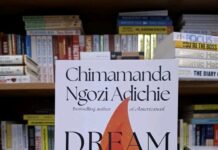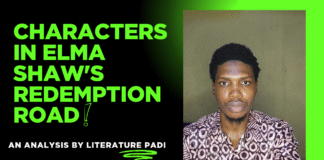🎥 We’re cooking something delicious for you on our YouTube channel. In the coming days, you will learn SSCE literature texts like you're in class 📚✍🏽
Be part of this new journey we are about to embark on.
🔔 Subscribe Now
Aminata Sow Fall’s The Beggars’ Strike (originally La Grève des Bàttu, 1979) is a sharp satirical novel set in a fictional West African city, likely Dakar, where beggars stage a strike to protest their forced removal from the streets. In the novel, Sow Fall critiques corruption and social inequality in post-independence Senegal.
This post provides a detailed plot summary of The Beggars’ Strike by Aminata Sow Fall, alongside its themes, characters, and cultural context.
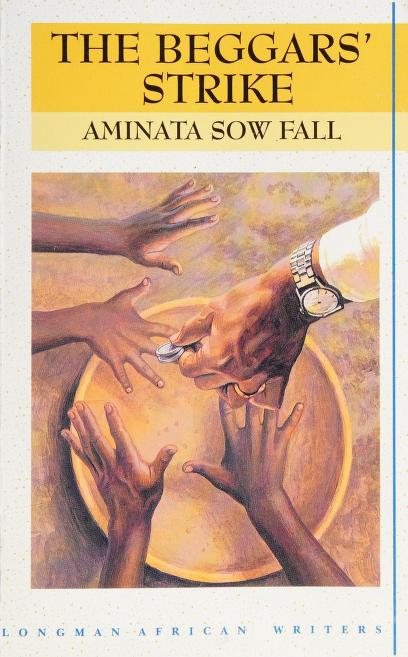
Introduction
The Beggars’ Strike unfolds in a bustling, unnamed West African capital where the government’s drive to “clean” the streets of beggars to boost tourism backfires when the beggars, led by Salla Niang, refuse to accept alms. Published in 1979, the novel critiques the clash between traditional values and modern governance in post-independence Senegal.
Sow Fall’s sharp satire and concise prose make it a compelling read for students exploring power dynamics. My engagement with African literature, from Ngũgĩ wa Thiong’o to Mariama Bâ, highlights Sow Fall’s unique focus on the marginalized, contrasting with Achebe’s cultural narratives.
Let’s dive into the plot, themes, characters, and significance of this incisive work, enriched by its cultural and literary context.
Plot Summary of The Beggars’ Strike by Aminata Sow Fall
The novel opens in a vibrant capital city, likely Dakar, where newspapers decry beggars as “human detritus” who deter tourists. Mour Ndiaye, the corrupt Director of Public Health and Hygiene, is tasked with clearing the streets to enhance the city’s image. His assistant, Kéba Dabo, a disciplined and honest official, leads a brutal campaign, rounding up beggars and relocating them to a remote village 300 kilometers away.
Mour’s ulterior motive is political ambition, as he eyes a vice-presidential post, believing success will earn him “honours, titles, and awards”. The beggars, including the infirm and children, face harassment and displacement, as Sow Fall writes, “They pester… and drive away tourists”.
The narrative shifts to the beggars’ perspective, led by Salla Niang, whose husband, a union organizer, was fired on false charges. Outraged by their treatment, Salla organizes a strike, urging beggars to refuse alms, leveraging their role in fulfilling the Islamic duty of zakat (charitable giving). The beggars are fed up with the way they’re treated. They demand for their dignity.
Meanwhile, Mour consults his marabout, Serigne Birama, who instructs him to sacrifice a bull and distribute the meat to beggars at four city corners to secure his promotion. The absence of beggars, however, threatens Mour’s ritual, creating a dilemma: allowing their return risks political backlash. This tension builds suspense, as Mour’s ambition clashes with the beggars’ defiance.
The climax unfolds as Mour, desperate to complete the sacrifice, faces the beggars’ unified strike. The city’s residents, reliant on almsgiving for spiritual prosperity, panic as their religious obligations go unfulfilled, as Sow Fall writes, “Charity is our salvation”. Kéba, the only honest official, is powerless against Mour’s incompetence and the beggars’ resolve.
In a satirical twist, Mour’s plan unravels: he cannot fulfill the marabout’s instructions without beggars, yet their return would expose his failure. The novel ends with the beggars asserting their societal role, leaving Mour humiliated and the city in chaos. Sow Fall’s absurd resolution underscores the irony of a society that marginalizes yet depends on its poorest members.
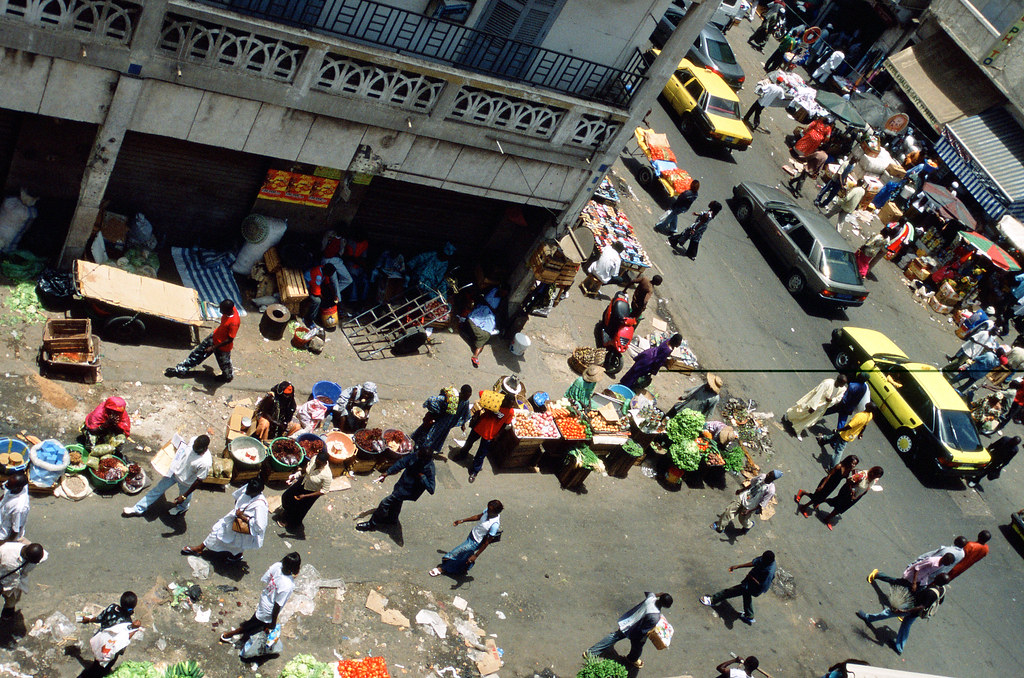
Major Themes in The Beggars’ Strike
Satire of Bureaucratic Corruption
Satire drives the novel. It exposes the absurdity of corrupt governance. Mour Ndiaye’s incompetence, reliance on marabouts, and inability to speak French fluently are mercilessly mocked, as Sow Fall writes, “He stumbles over words like a child” (Fall, 20).
Critic Chioma Opara calls it a “drama of power” that critiques bureaucratic hypocrisy (Opara, 2009). Unlike Wole Soyinka’s theatrical satire in A Play of Giants, Sow Fall uses understated humor to reveal systemic flaws.
Social Interconnectivity
The novel emphasizes the vital role of all societal members, even the marginalized. The beggars’ strike disrupts the city’s spiritual and social order, as almsgiving is tied to Islamic prosperity.
Scholar Sada Niang notes that Sow Fall highlights “the interconnectivity of all things” in West African society (Niang, 1992).
Tradition vs. Modernity
The tension between Islamic traditions and modern governance is central. The beggars’ role in zakat clashes with the government’s tourism-driven agenda, as Sow Fall writes, “The poor are our duty, but not our image” (Fall, 45). Unlike Mariama Bâ’s feminist critique in So Long a Letter, Sow Fall focuses on societal values. Readers can analyze this theme to understand postcolonial dilemmas in African literature.
Power and Resistance
The beggars’ strike represents collective resistance against oppression. Salla Niang’s leadership transforms the marginalized into a powerful force, as Sow Fall notes, “They hold the city’s soul” (Fall, 90). This theme echoes the labor strikes in Sembène Ousmane’s God’s Bits of Wood, offering students a lens to study resistance in postcolonial texts.
Key Characters and Their Roles
Mour Ndiaye
Mour Ndiaye, the corrupt director, is a satirical anti-hero whose ambition and incompetence drive the plot. His reliance on marabouts and betrayal of his past ideals, as Sow Fall writes, “He lashes his rod of power”, highlight his moral decay. Critics like Emmanuel Obiechina mock his “overbearing arrogance” (Obiechina, 1980).
Mour offers a study in flawed leadership, comparable to the elites in Ayi Kwei Armah’s The Beautyful Ones Are Not Yet Born.
Salla Niang
Salla Niang, the beggar leader, transforms vulnerability into strength, organizing the strike to demand dignity. Her resolve, “We’re not dogs!” (Fall, 1), embodies resistance. Scholar Chioma Opara praises her as a symbol of collective power (Opara, 2009). Readers can analyze her alongside female leaders like Ramatoulaye in Bâ’s So Long a Letter.
Kéba Dabo
Kéba Dabo, Mour’s competent assistant, is the novel’s moral compass, frustrated by corruption. His efforts to clear the streets, though misguided, reflect duty, as Sow Fall notes, “He works where others scheme”. His role critiques bureaucratic inefficiency.
Serigne Birama
Serigne Birama, Mour’s marabout, represents traditional spiritual authority. He guides Mour’s ambitions through sacrifices. His instructions, “Give to the poor, or fail”, underscore the beggars’ societal role. His presence highlights the blend of religion and politics, akin to spiritual figures in Ngũgĩ’s Wizard of the Crow.
Symbolism in The Beggars’ Strike
The Begging Bowl (Bàttu)
The bàttu, or begging bowl, symbolizes the beggars’ societal role and the Islamic duty of zakat. Its absence during the strike disrupts spiritual order. Critic Sada Niang sees it as a metaphor for social balance (Niang, 1992).
The City Streets
The streets symbolize the intersection of tradition and modernity, where beggars and elites clash. Their “cleansing” reflects societal denial, as Sow Fall notes, “The city hides its heart”. This symbol invites analysis of urban dynamics.
The Bull Sacrifice
The bull sacrifice, required by the marabout, symbolizes reliance on traditional rituals for success. Its failure due to the beggars’ absence underscores societal interdependenc. This symbol offers students a lens to explore spirituality, comparable to rituals in Soyinka’s Death and the King’s Horseman.
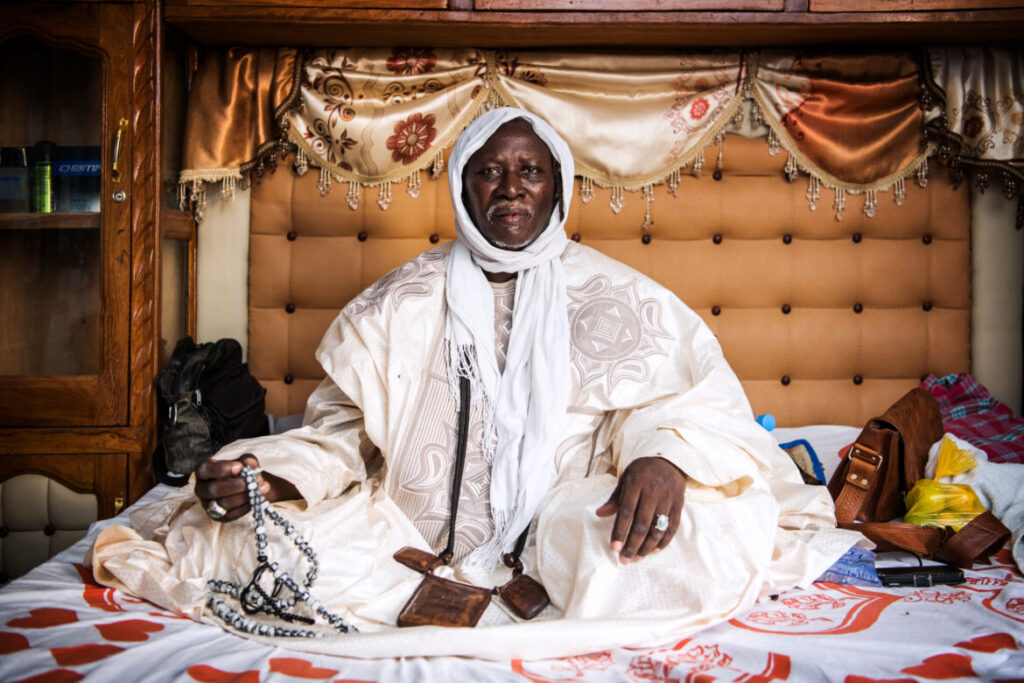
Contextual Analysis
Post-Independence Senegal Context
Set in post-independence Senegal, likely the 1970s, the novel reflects the era’s struggles with corruption and social inequality. Sow Fall, a Senegalese author, critiques the betrayal of independence ideals, as noted in The Cambridge Companion to African Literature. The drive to boost tourism mirrors real efforts to modernize Dakar, clashing with Islamic traditions like zakat. This context helps students understand the novel’s critique.
Wolof Oral Traditions
Sow Fall incorporates Wolof oral traditions through proverbs and communal dialogue, grounding the narrative in Senegalese culture. Phrases like “The poor are our duty” echo oral wisdom, as scholar Pius Adesanmi notes. This approach makes the satire authentic and accessible.
Genre
As a satirical novella, The Beggars’ Strike uses humor and irony to critique societal flaws, blending Wolof traditions with modern narrative. Its concise 104-page length, unlike the sprawling satire of Soyinka’s A Play of Giants, enhances its accessibility. The genre invites comparisons to global satires like Brecht’s The Resistible Rise of Arturo Ui.
Critical Reception
The Beggars’ Strike is celebrated for its sharp satire and social insight. It won the 1980 Grand Prix Littéraire d’Afrique Noire. Chioma Opara praises its “humanist voice,” though some critics note the underdeveloped beggar community limits its depth (Opara, 2009). Postcolonial scholars view it as a structural-functionalist critique, emphasizing societal interdependence (Niang, 1992).
Conclusion
Aminata Sow Fall’s The Beggars’ Strike is a masterful satire that exposes the absurdity of corruption and the vital role of the marginalized in society. Its vivid characters, rich symbolism, and Wolof cultural roots make it a cornerston of African literature. Its humor and insight provide a compelling entry into postcolonial themes.
Related: Chapter 1 Summary of Aminata Sow Fall’s “The Beggars’ Strike”
Further Reading:
FAQ: Common Questions About The Beggars’ Strike
What is the main theme of The Beggars’ Strike?
The main theme is the satire of corruption and societal interdependence. It shows how the removal of beggars disrupts the spiritual and social order in a West African city.
How does Sow Fall use satire in the novel?
Sow Fall uses humor and irony to mock bureaucratic corruption, with Mour Ndiaye’s incompetence and reliance on marabouts exposing the absurdity of postcolonial governance.
What role does Salla Niang play in the narrative?
Salla Niang, the beggar leader, organizes the strike, transforming the marginalized into a powerful force, symbolizing collective resistance and societal dignity.
How does the novel reflect post-independence Senegal?
Set in the 1970s, it critiques corruption and the clash between Islamic traditions like zakat and modern tourism-driven policies in post-independence Senegal.
Why is The Beggars’ Strike significant in African literature?
Its sharp satire, Wolof cultural roots, and focus on social justice make it a key postcolonial text, with insights into power, tradition, and resistance.
Receive Literary Updates through our Social Media Channels:
- WhatsApp: Literature PADI
- Telegram: Literature PADI
- YouTube: @literaturepadi
- Facebook: Literature PADI



